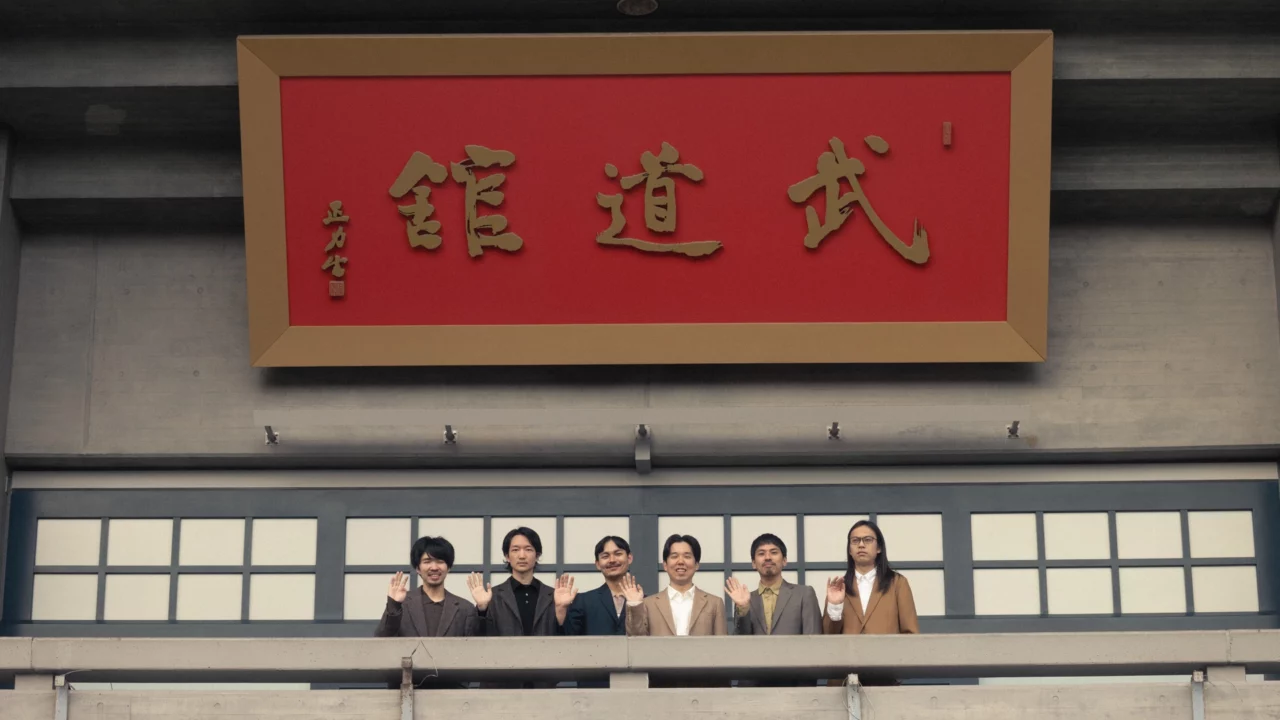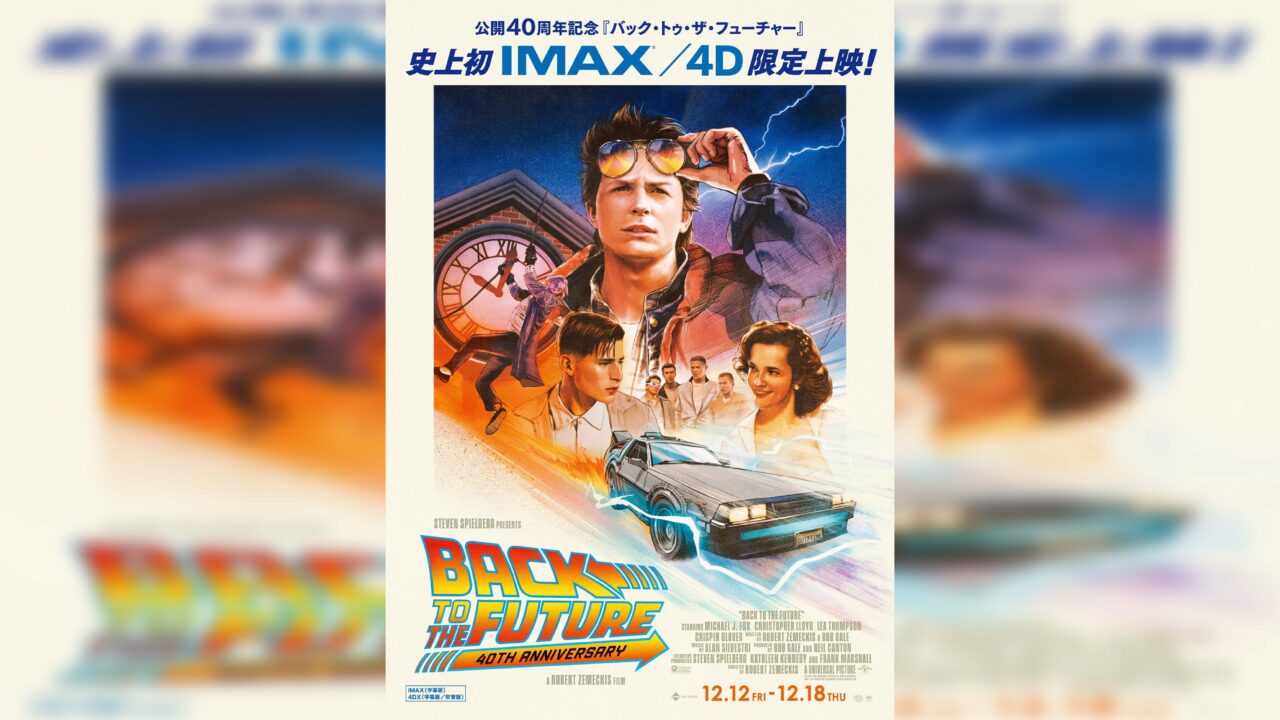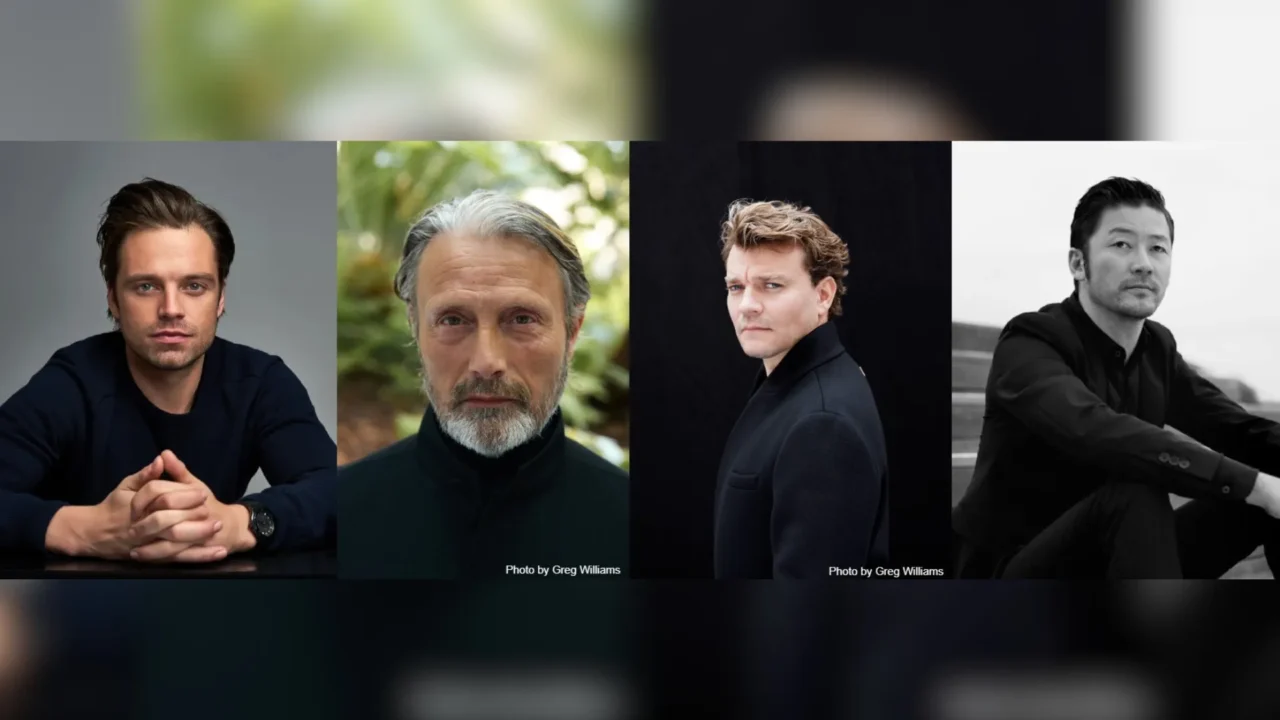The first installment of the series “The Selection of music That Makes the Film” will focus on “The Passengers of the Night” directed by Mikhaël Hers. Television, John Cale, Kim Wilde, The Pale Fountains–Set in Paris in the 1980s, Charlotte Gainsbourg plays a middle-aged woman who is left to raise her teenage son and daughter on her own. The film, in which Charlotte Gainsbourg plays a middle-aged woman raising a teenage son and daughter on her own, uses a lot of music that evokes the atmosphere of the city at that time. Music director / critic Yuji Shibasaki will discuss the film with the keyword “the duality of works dealing with the past”.
※This article contains descriptions of the contents of the film. Please note that this article contains descriptions of the content of the film.
INDEX
A masterpiece film reminiscing about Paris in the 1980s
Director Mikhaël Hers is a contemporary master of depicting the eternal themes of human life: loss and rebirth. After his exceptional masterpieces “This Summer Feeling ” and “Amanda” his latest film “The Passengers of the Night” depicts, with a very delicate touch, the nature of “loss” and “rebirth” of a family through their seven-year transition.
The “loss” in this film is not only the “loss” of each character, but also a beautiful requiem for a certain era. It is a remembrance of the sights, smells, and sounds of Paris in the 1980s, and a thoughtful reflection on the passage of time as French society underwent major transformations, which at times became hopes and at other times disappointments.
The film begins on May 10, 1981, the day of the French presidential election. On the day that the leftist François Mitterrand was elected president in place of the long-ruling conservative government, the streets of Paris were suddenly enveloped in celebration, and people on the street exchanged pleasantries with one another. In the midst of the festivities, a young girl dressed in punk fashion wanders through a subway station. Her name is Talulah (Noée Abita).

In addition to Talulah, the story revolves around the film’s starring characters, Élisabeth (Charlotte Gainsbourg), a grieving mother separated from her husband, and her children Matthias(Quito Rayon-Richter) and Judith (Megan Northam). In addition, early in the film, Élisabeth seeks a job as a staff member of a late-night radio show she has long loved to listen to in order to earn a living, where she meets DJ Vanda (Emmanuelle Béart), two actresses who have represented French cinema since the 1980s: Gainsbourg and Béart, Fans of Gainsbourg and Béart will be thrilled to see their encounter in a film set in the 1980s.

INDEX
The Duality of Films Set in the Past
A film set in the past is, in a sense, a double fiction / double memory projected on the screen. The time and space cut out by the frame serve another time flow and space, the cinematic “work,” and, by submerging into the past to which it is subject, fold another time and space inside. In this dual structure, the images and sounds projected, drawn, or played in the work do more than simply “reproduce a certain time period”; they are crucial as devices for securing or creating that duality.
The standard-size archival footage inserted here and there in this film represents the “actual past,” and thus supports the dual structure of the work itself, while at the same time assuming a dramatic function of exposing that structure. Also, when Éric Rohmer’s “Full Moon in Paris” and Jacques Rivette’s “Le Pont du Nord” masterpieces of the 1980s, are projected on the screen as plays within a play, they assume a dual function as fiction within fiction about the past, and at the same time, the very duality of the fictions is revealed. (The gaze of the tala dedicated to Pascale Ogier, the young actress who appeared in these films and died prematurely, is also undeniably assimilated by the gaze of us film fans.) This dual structure, in which the story is folded within the story and the image is folded within the image, paradoxically proves the absolute nature of the act of “watching. No matter when or where he/she/it/I/you are, these subjects are surrounded by the experientiality of “watching here and now. The act of “watching” transcends or penetrates time/space.

© 2021 NORD-OUEST FILMS – ARTE FRANCE CINÉMA
INDEX
The Pale Fountains, Kim Wilde, John Cale…… music that skillfully transports the atmosphere of the times.
This duality and its reflexive (paradoxical) realism in films about the “past” are even more powerful when the various designs of the past, while moderately fictionalized, function as a dedication to cinematic beauty. The same is true of the use of pop music. The film makes abundant use of various pop music from the past that (supposedly) colored the streets of Paris in the 1980s (※1).
The underscore (※2) of Lloyd Cole & The Commotions’ “Rattlesnakes” is played during the scene where Matthias is playing with his friends on his motorcycle, and The Pale Fountain is played when Élisabeth, who has taken a job at a radio station, walks down the street before dawn. Judith sings Kim Wilde’s “Cambodia” to a record playing from her condo upstairs, and Tallulah is alone on her own in her apartment. Tallulah listens to Television’s “See No Evil” alone in a remote room, John Cale’s “Dying On The Vine” is played by Vanda’s introduction, and Élisabeth and her friends are the beats of the song. Élisabeth and others dance to the beat of She Male’s “I Wanna Discover You” at the disco, and much more. From punk to synthpop to italo-disco, each song was chosen with exquisite taste, echoing the suggestions of each scene and skillfully transporting the atmosphere of the era.
The lyrical dedication to the story and images, which is one of the most important aspects of the use of pop music in film, is also accomplished without any flaws. The lyrics of “Et si tu n’existais pas” (If you weren’t here) by Joe Dassin, a nationally known chanson singer, “a song that is important to the family,” are played at the end of the story when the family and Talulah dance in a circle in the apartment before moving out. The lyrics are.
if you didn’t exist
Tell me why I should exist?I would try to invent love
As a painter who sees from beneath his fingers
the day’s colours being born
and wonders about them.“Et si tu n’existais pas”

※1:It should be added that along with the pop music, the excellent original score by Anton Sanko, which is reminiscent of the synthesizer sounds of the 1980s, is used to clever effect throughout the film.
※2 underscore:Music that is played in a setting that is not heard by the characters in the play. The counter-concept is “source music,” which refers to music that is supposed to be “actually” played in the play, such as on the radio or on records.






















